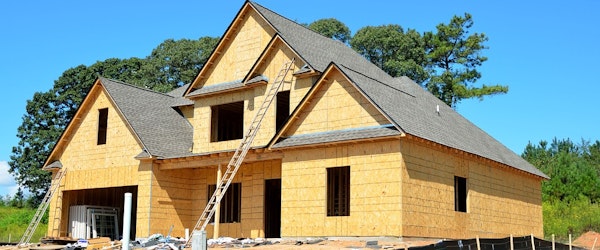
How to Manage Property Risk in 2025 with Smarter Valuation and Technology
Monday, July 7th, 2025 Catastrophe Property Risk Management TechnologyThe property insurance market may be stabilizing, but property owners and insurers face intensifying risk from catastrophic weather and escalating rebuild costs. In today’s climate, managing property risk demands more than standard policies—it requires strategic, data-driven approaches that align with the evolving insurance landscape.
A key component of this strategy is accurate property valuation. Underinsured properties, especially in high-risk zones, often leave owners vulnerable to significant financial losses. Regular updates to replacement cost estimates and collaboration with valuation professionals are essential to securing sufficient coverage.
Natural disasters are also shifting in frequency and geography, leaving once-safe areas exposed to billion-dollar storms, fires, and floods. Insurers and risk managers must push for the integration of advanced analytics and resilience upgrades, from weatherproof construction to fire-resistant landscaping, to reduce claim severity and improve insurability.
Smart technologies, such as leak detection sensors, security systems, and fire monitoring tools, are now essential—not optional—for risk reduction and favorable insurance terms. And in regions where traditional insurance becomes unaffordable, solutions like captives or parametric coverage can help bridge the gap. With a layered risk strategy in place, property owners can better withstand both physical and financial shocks.





